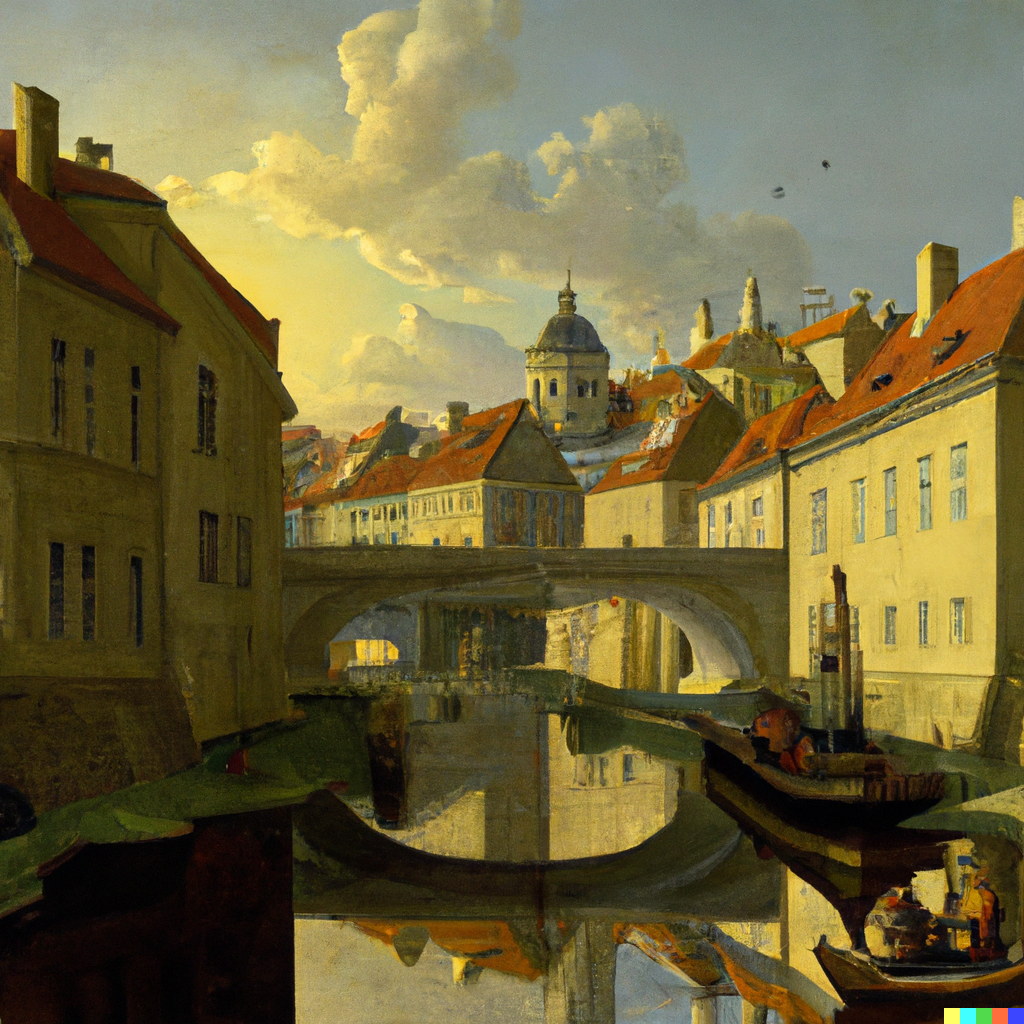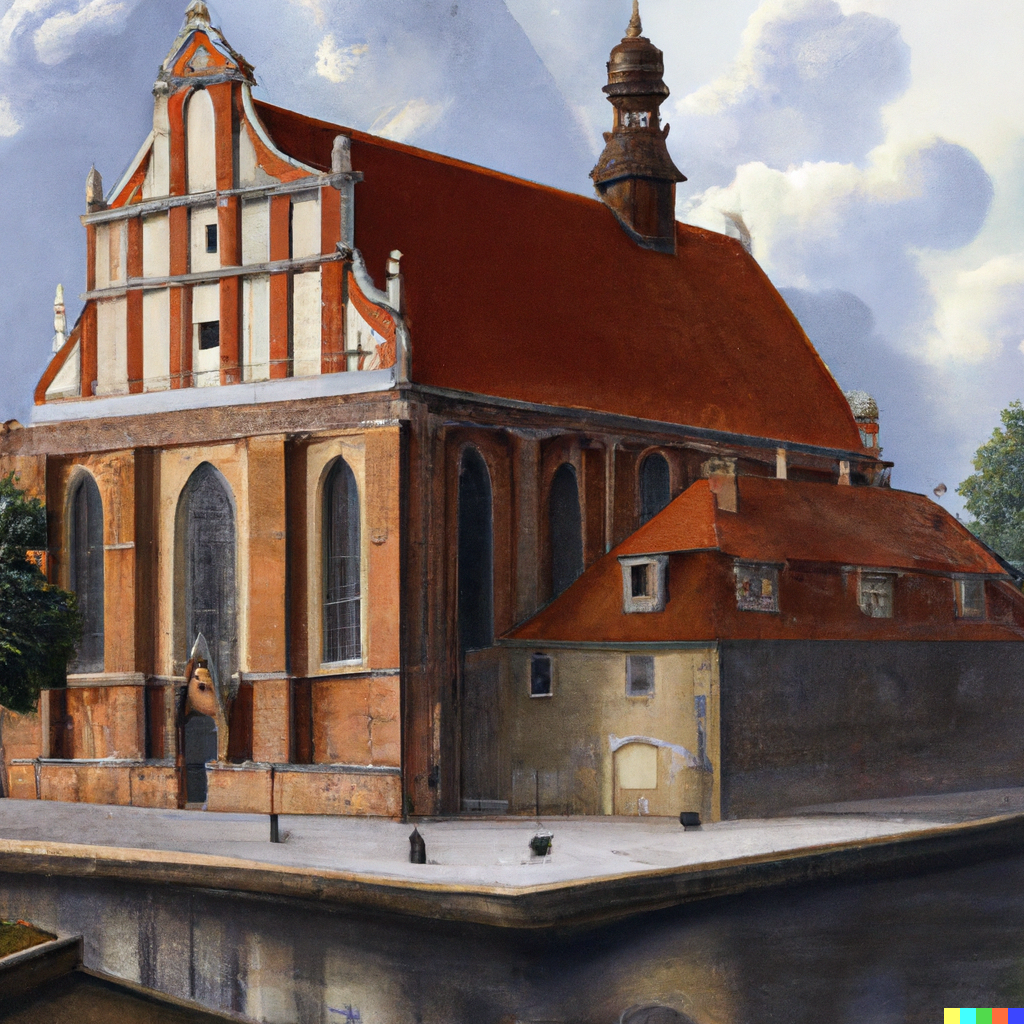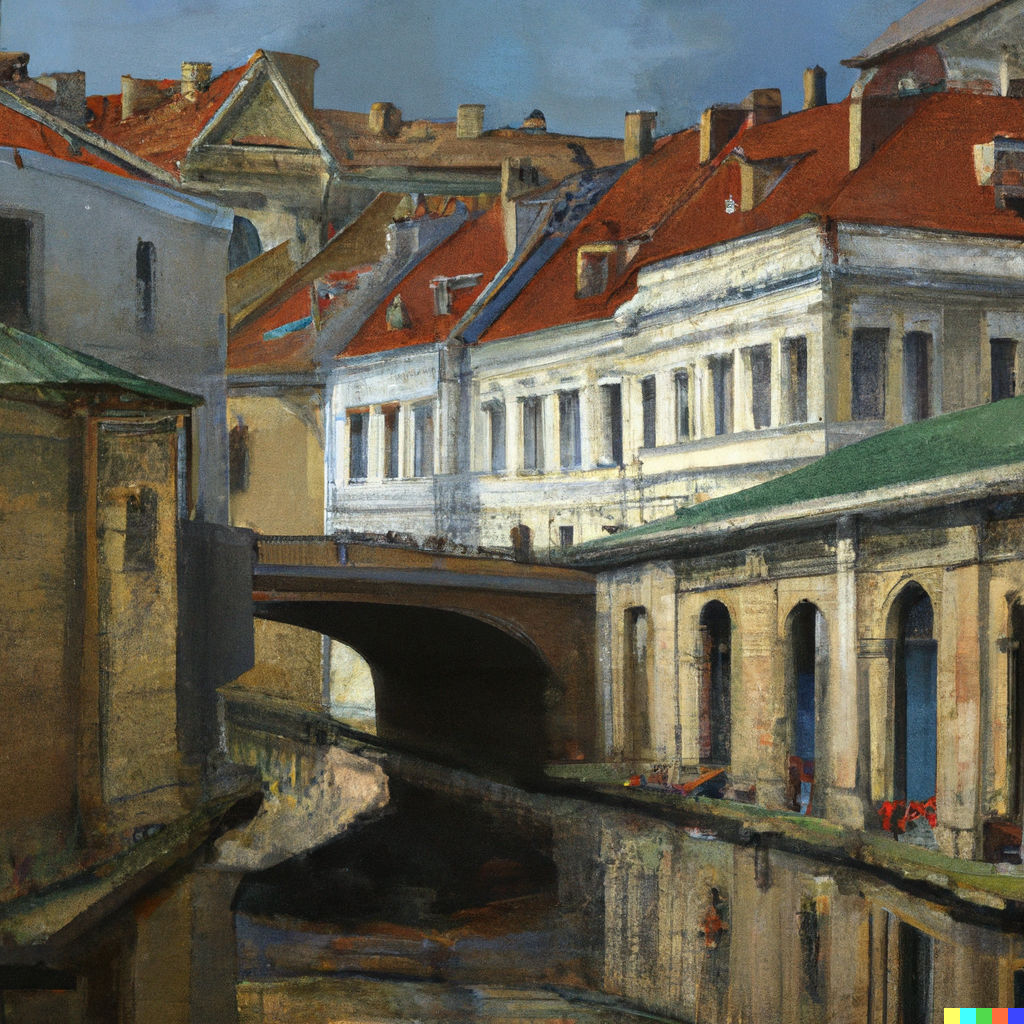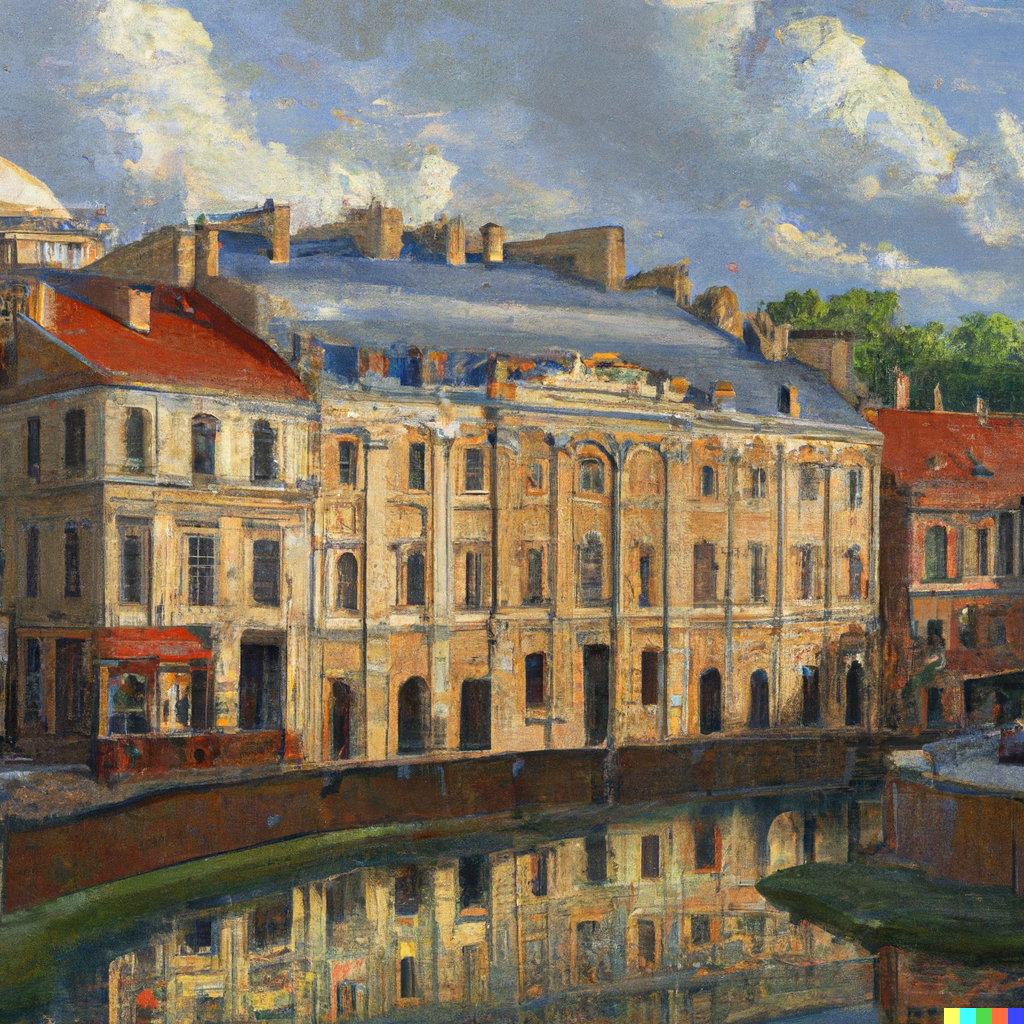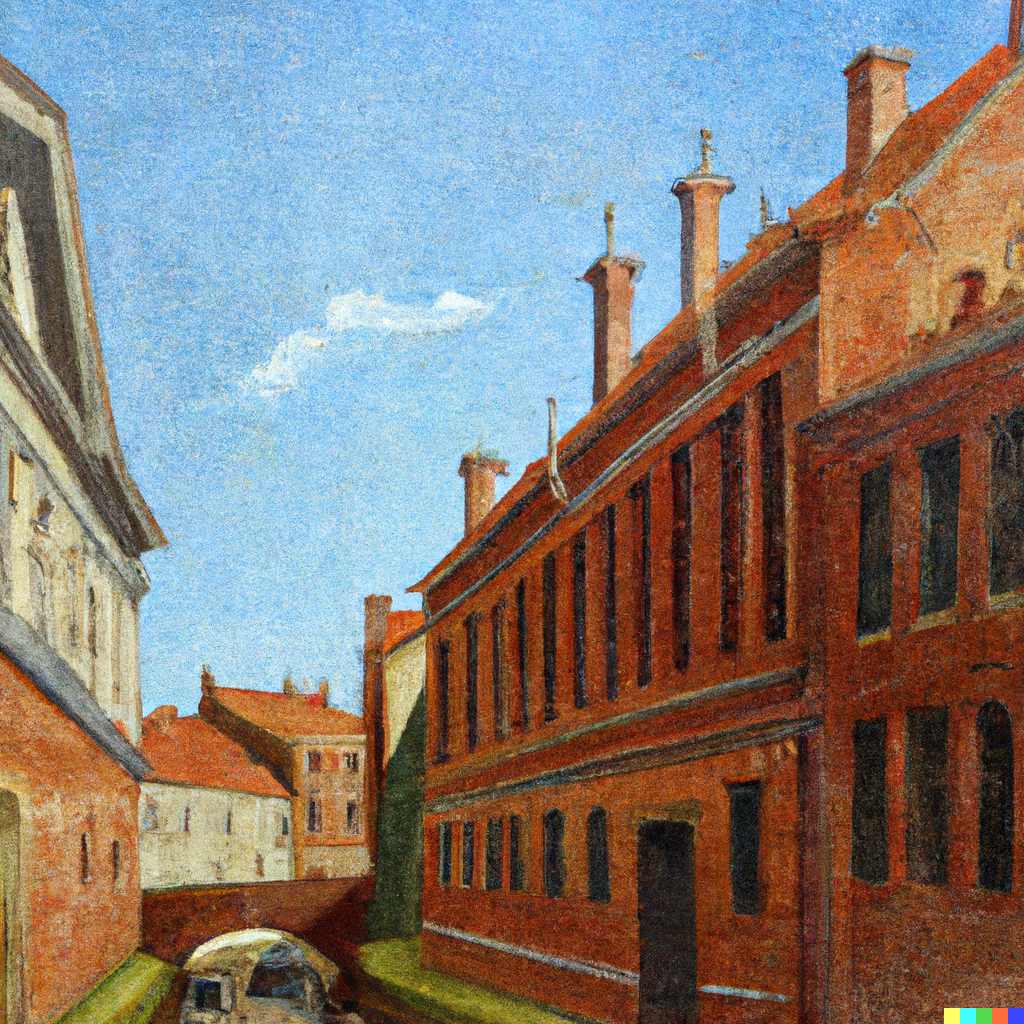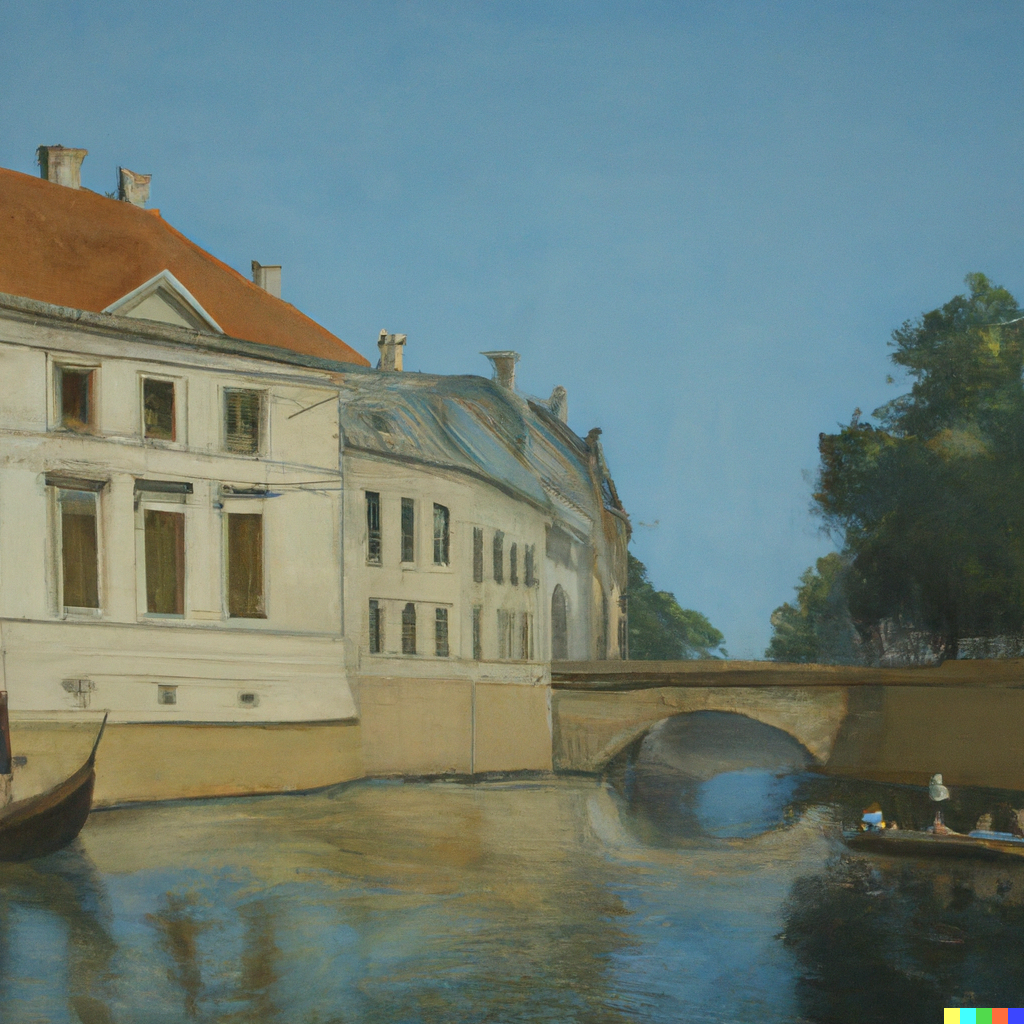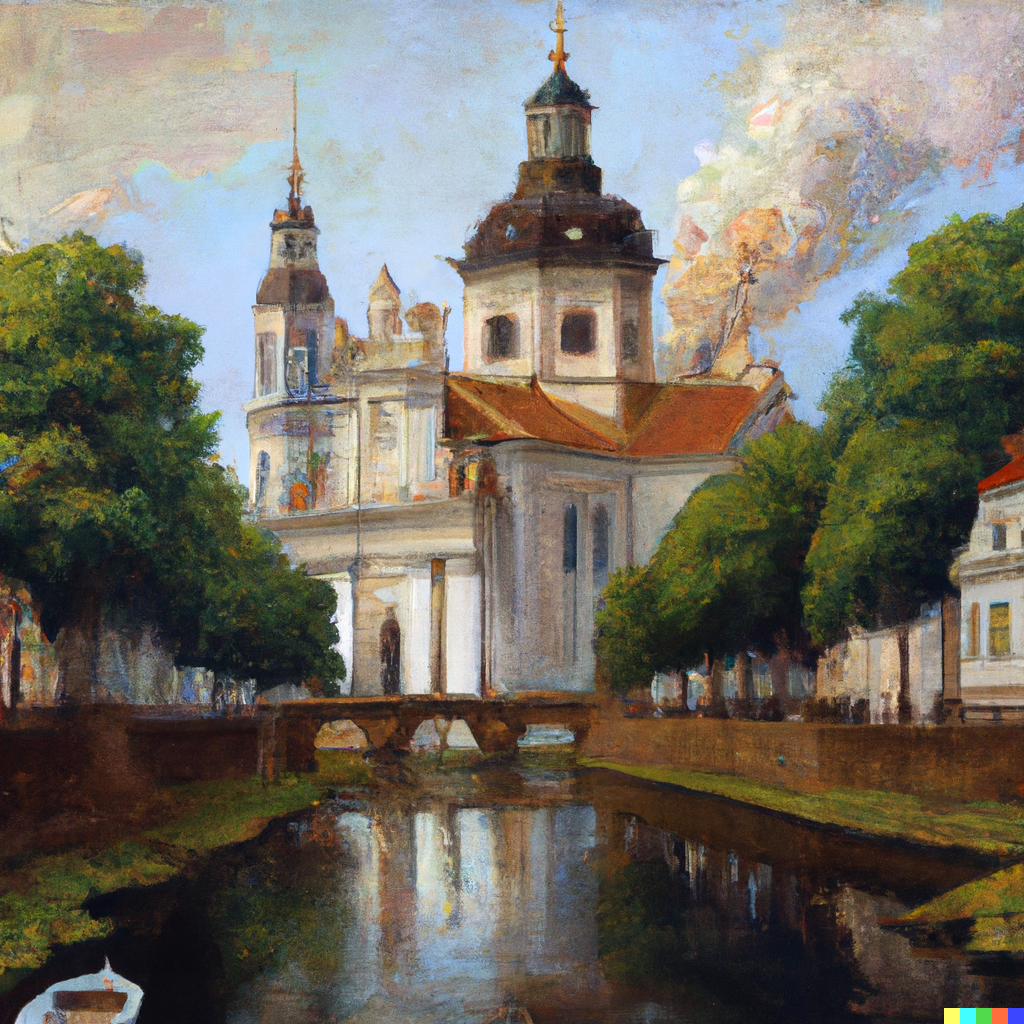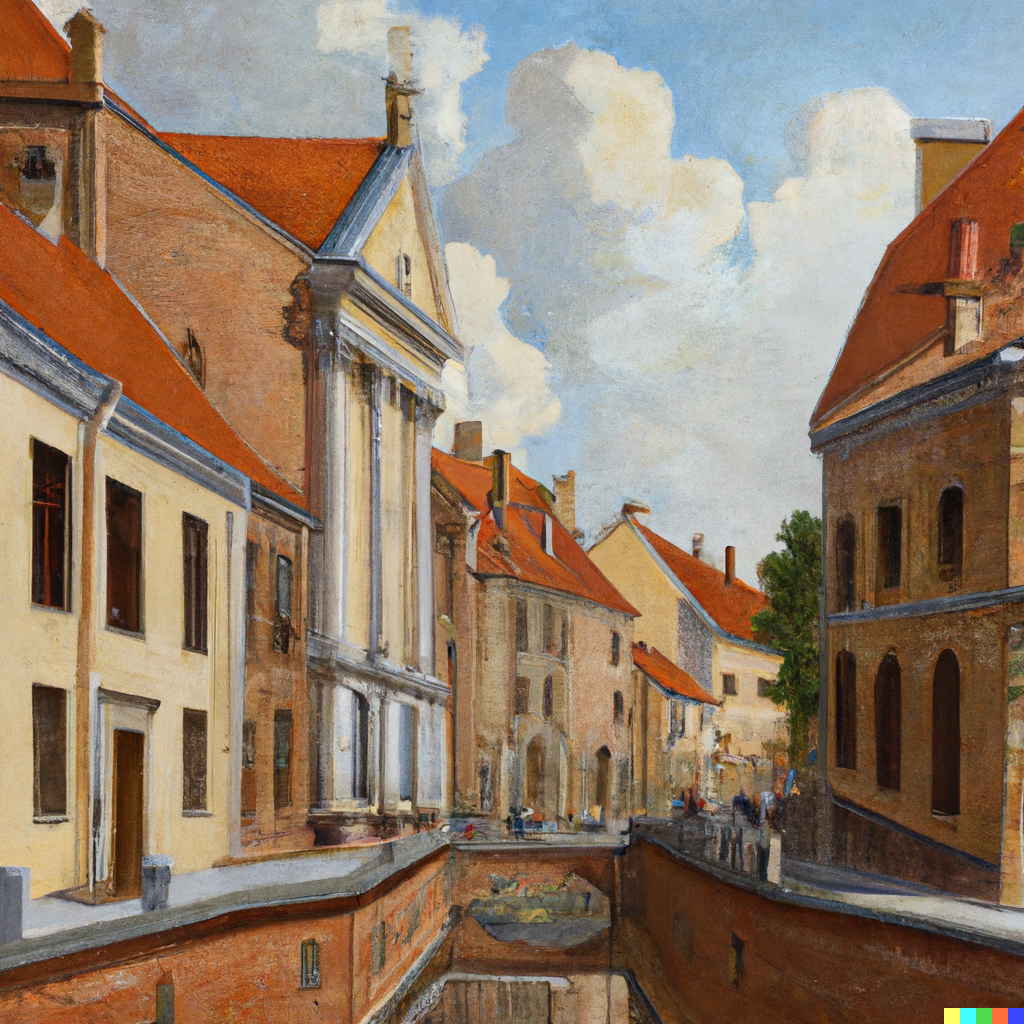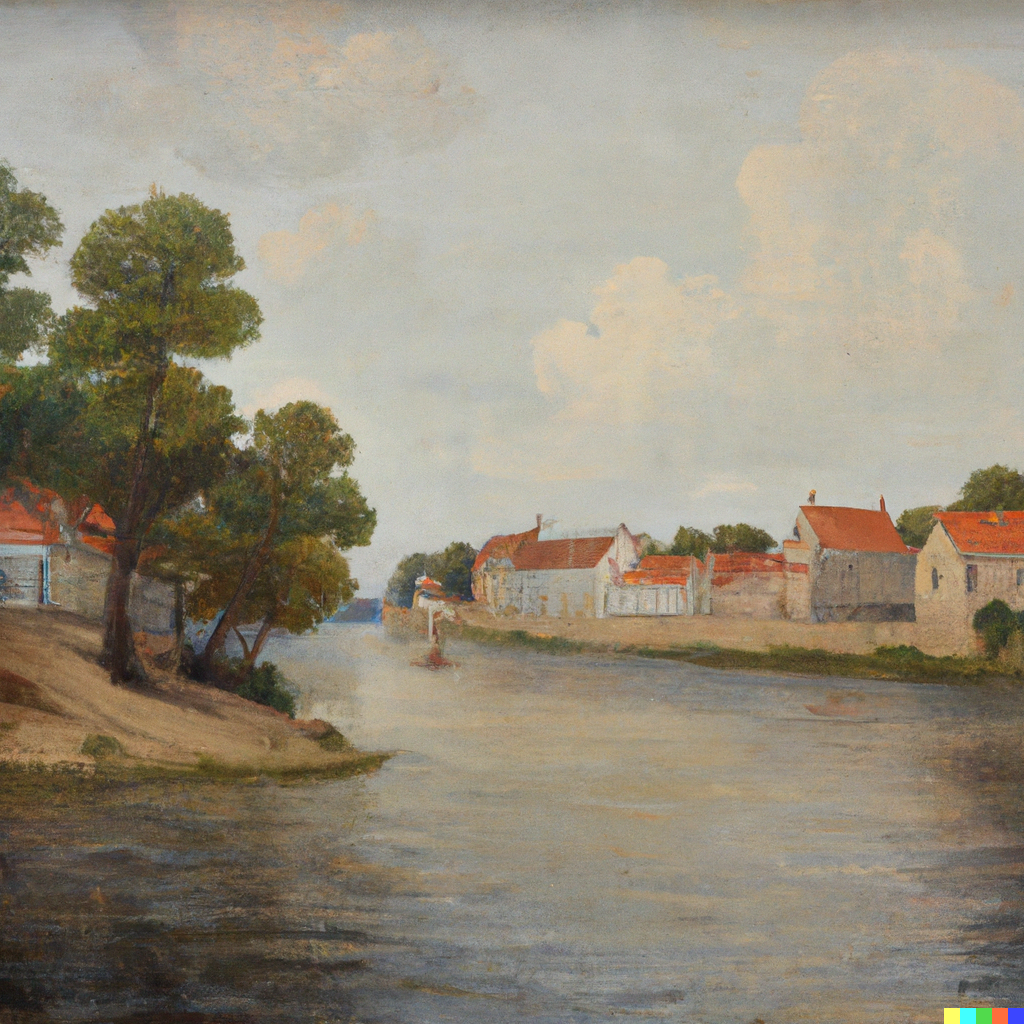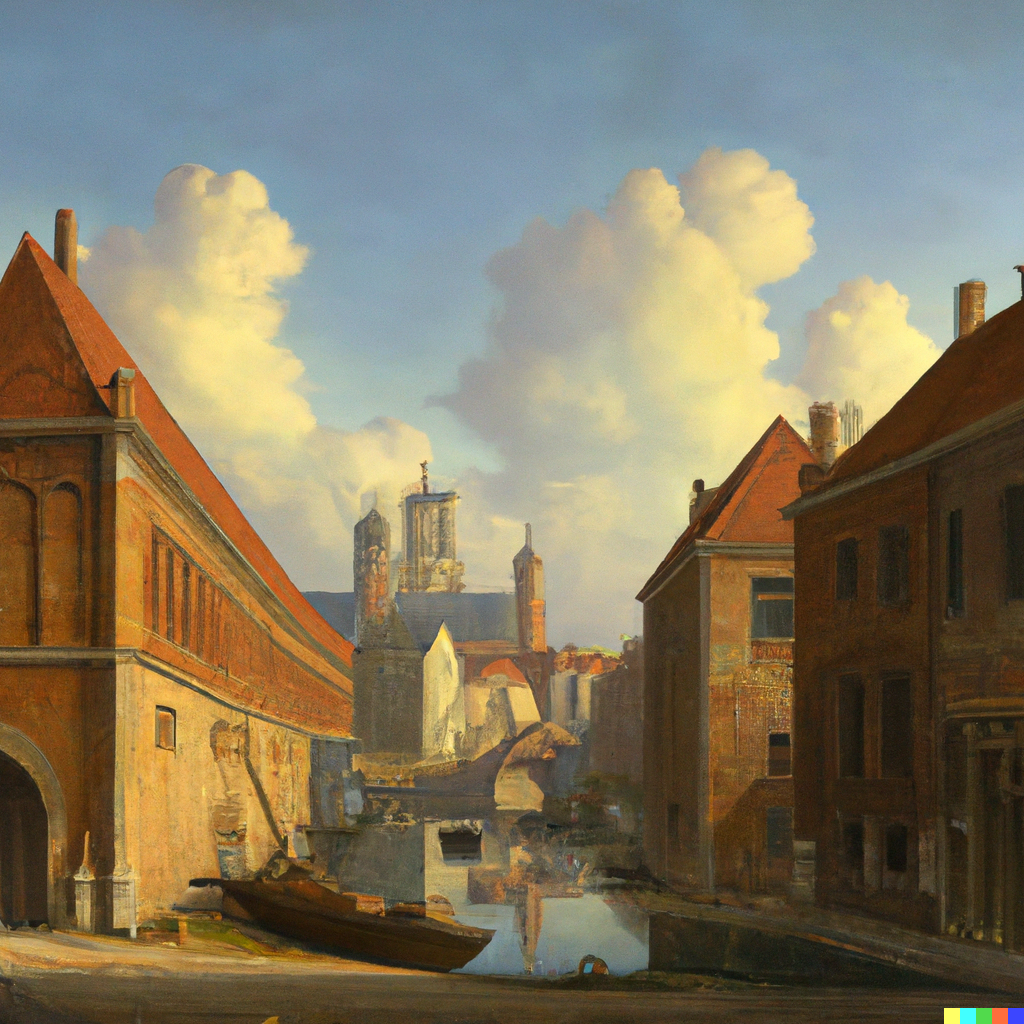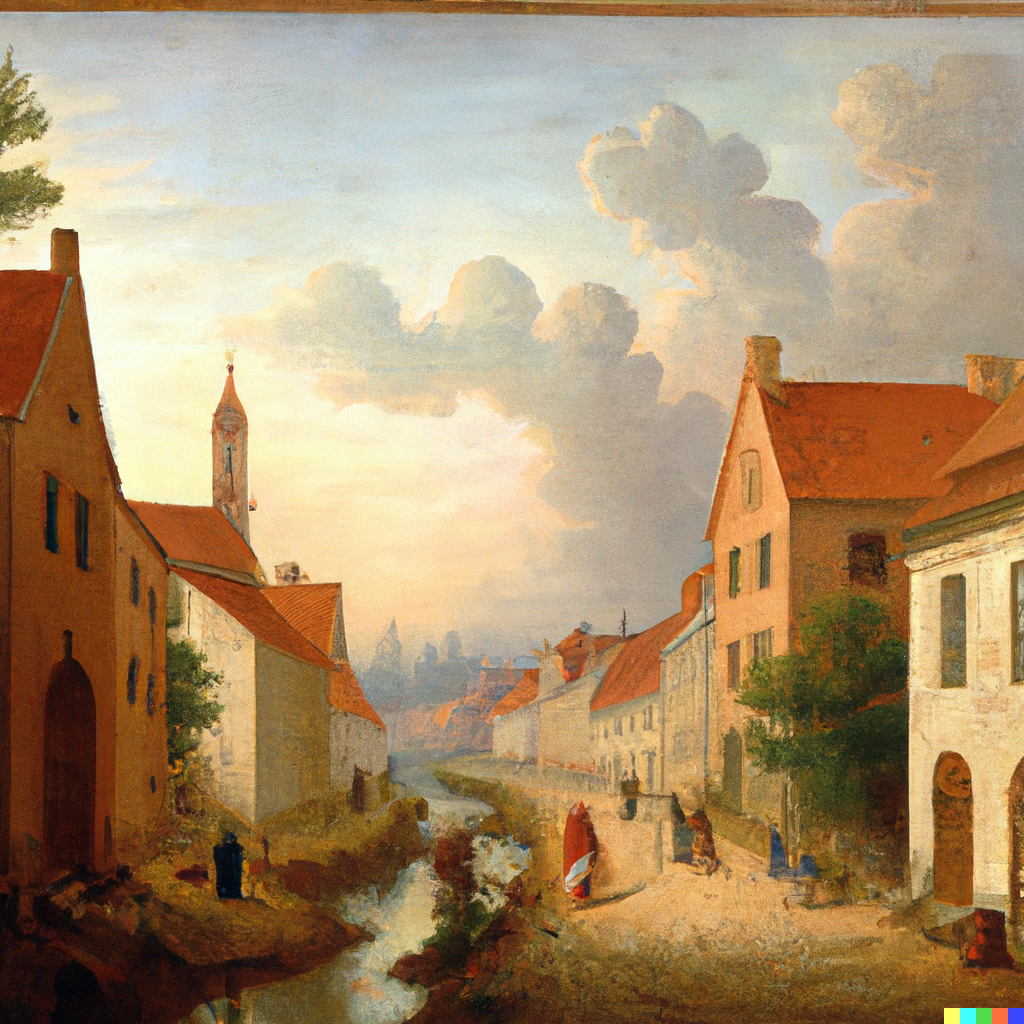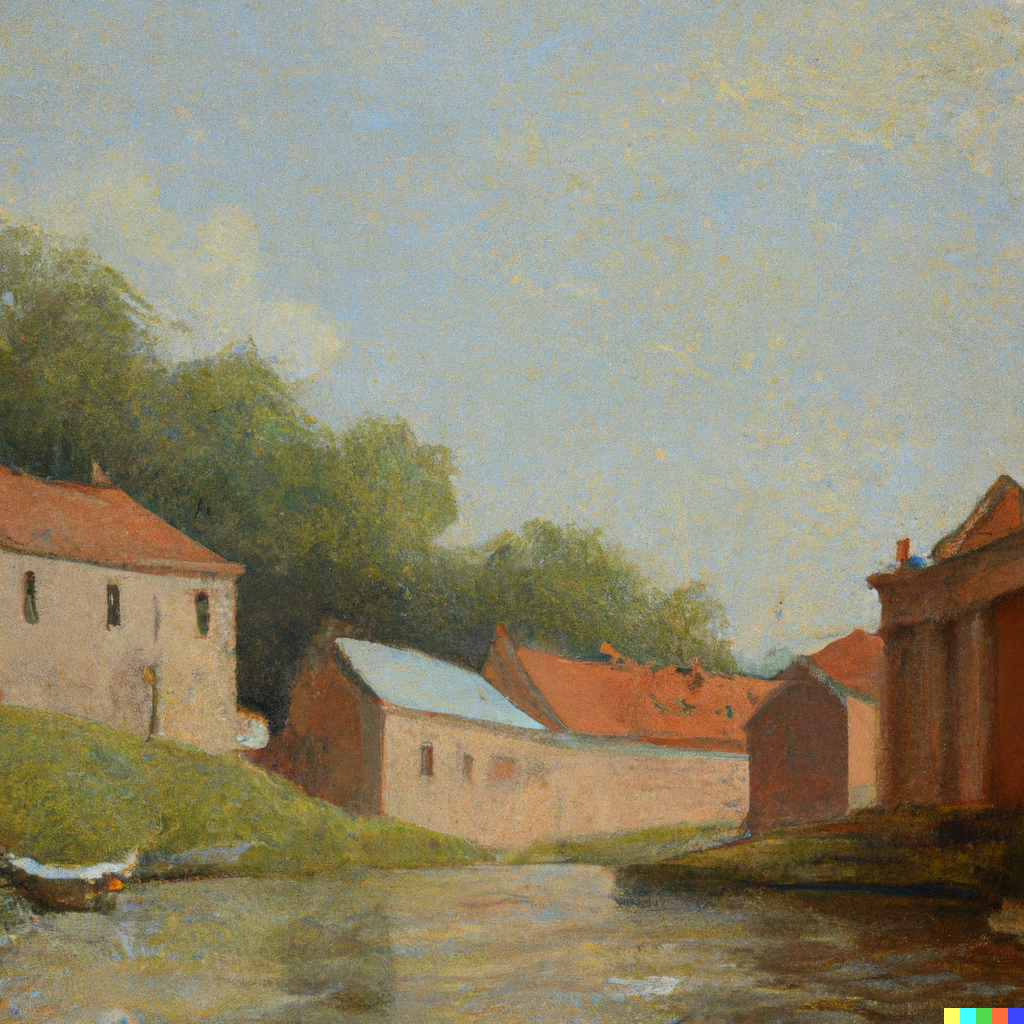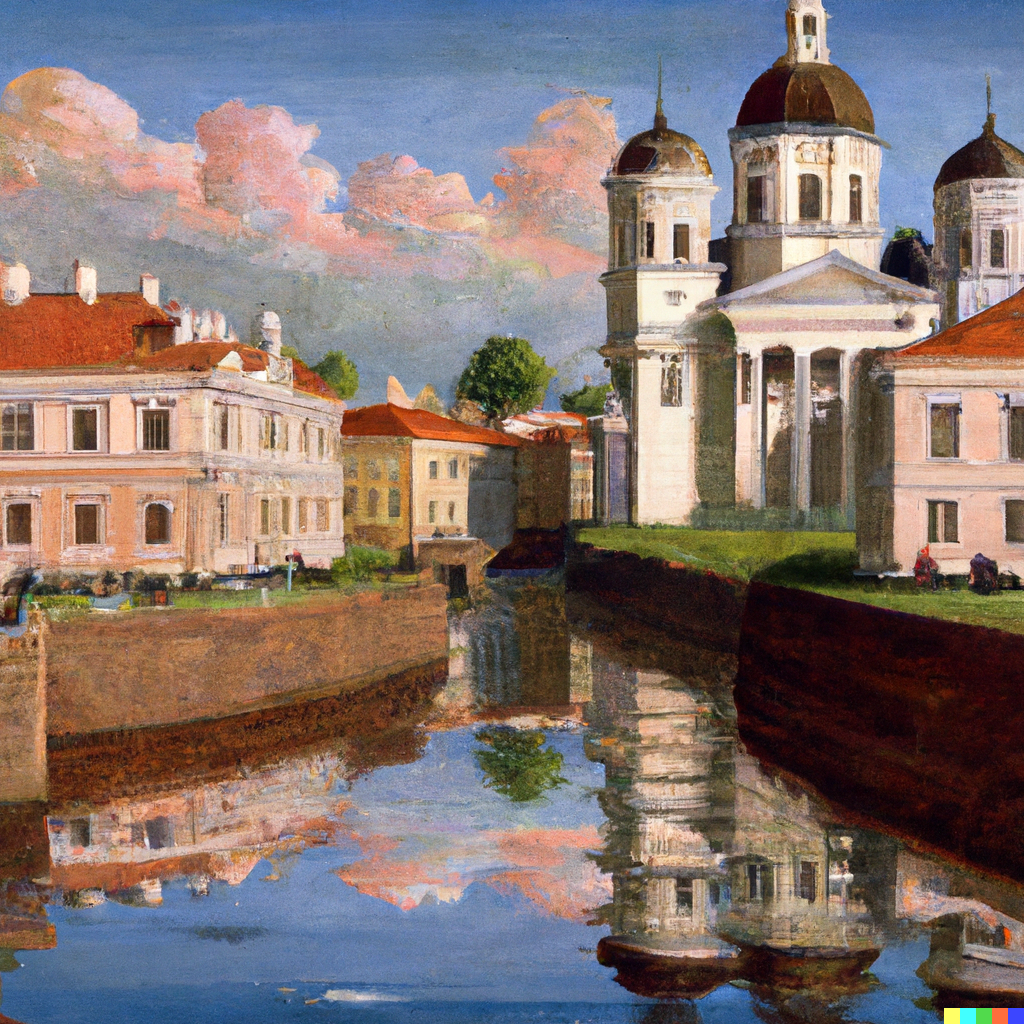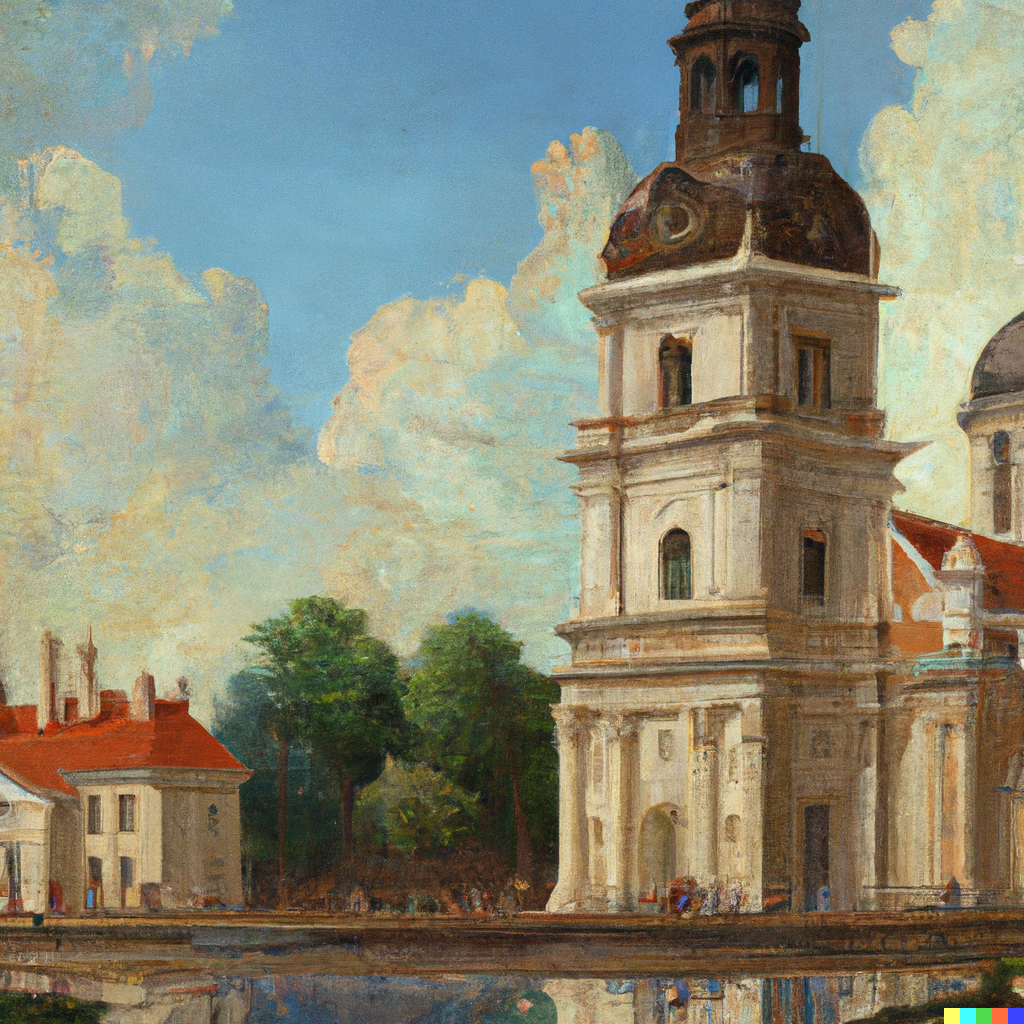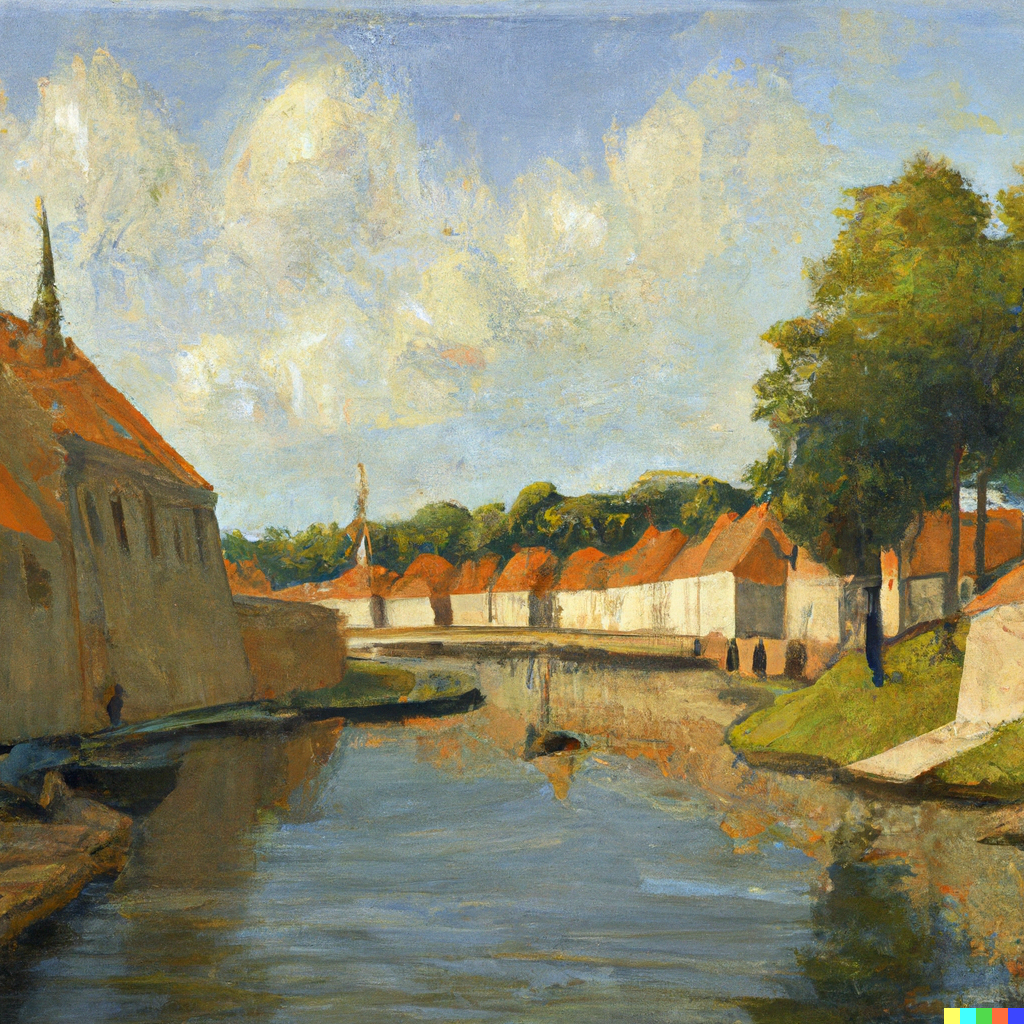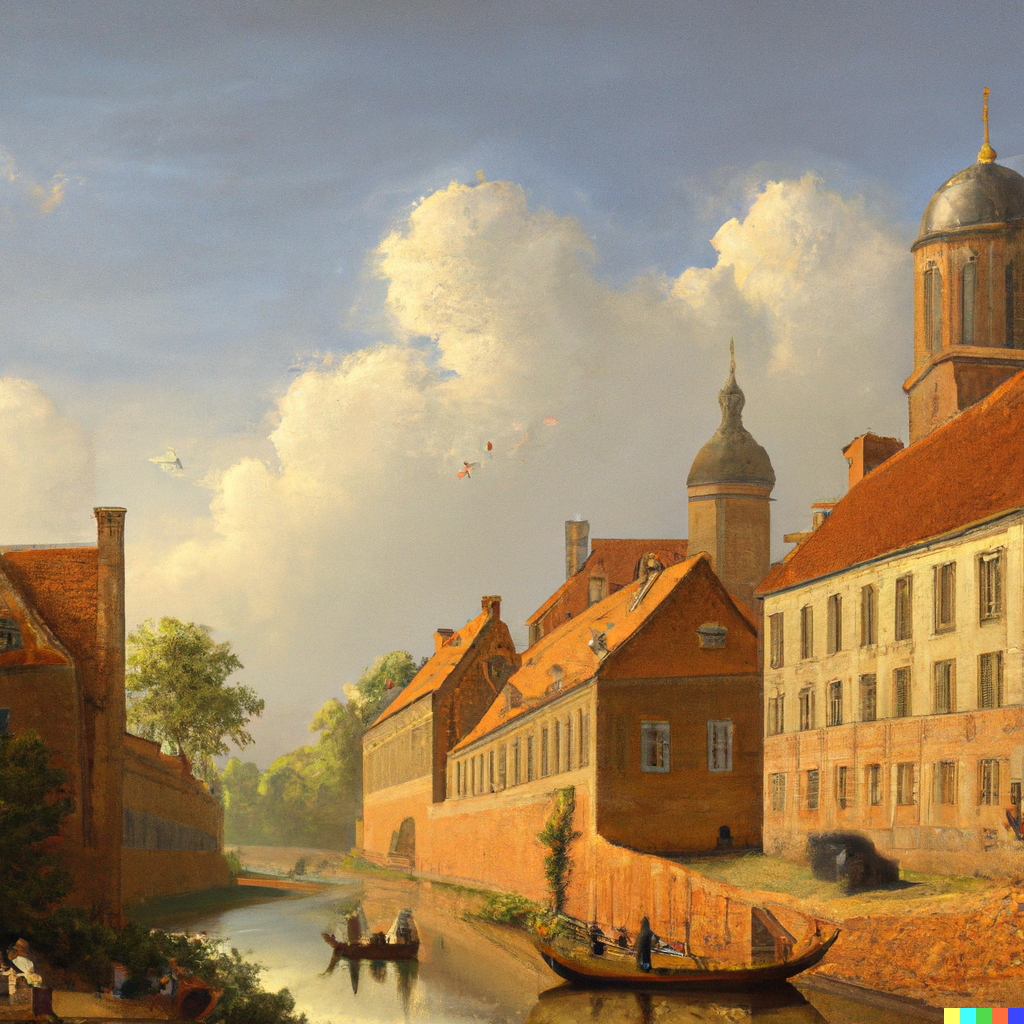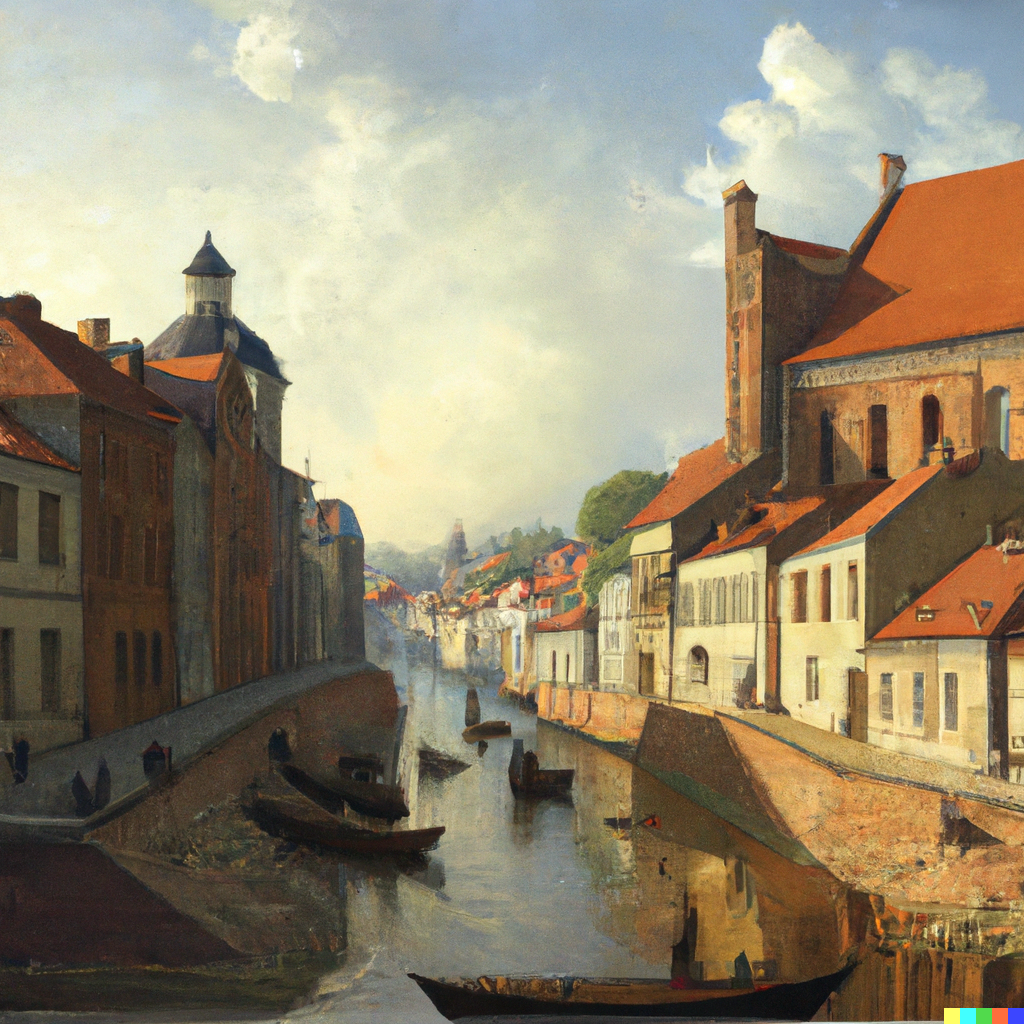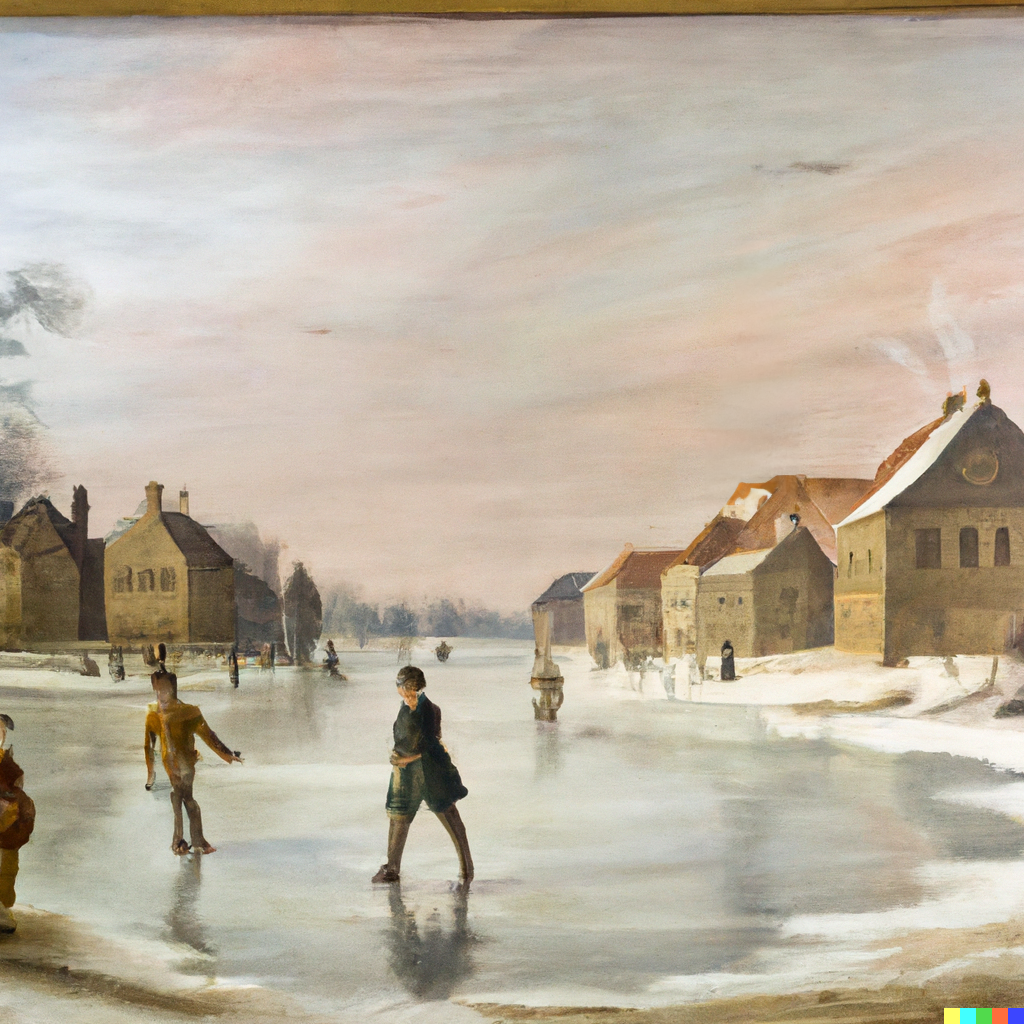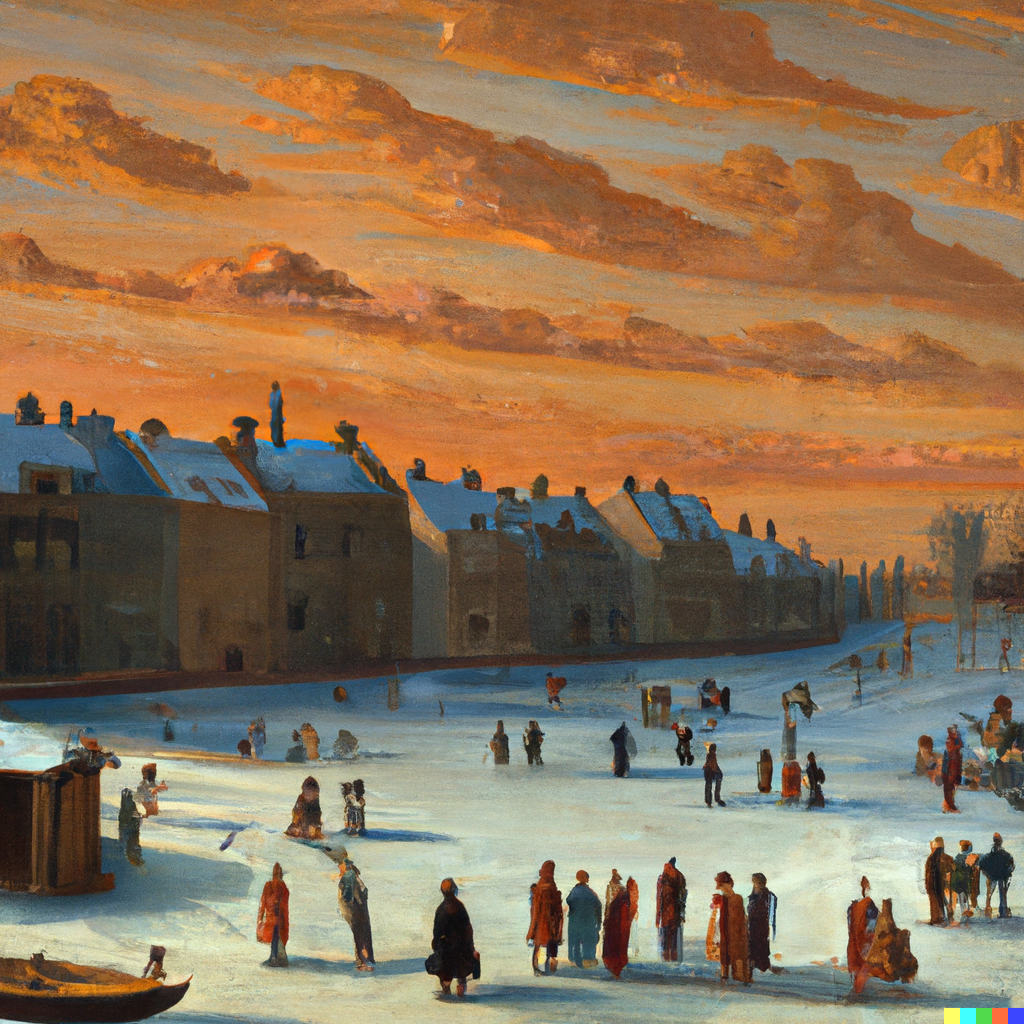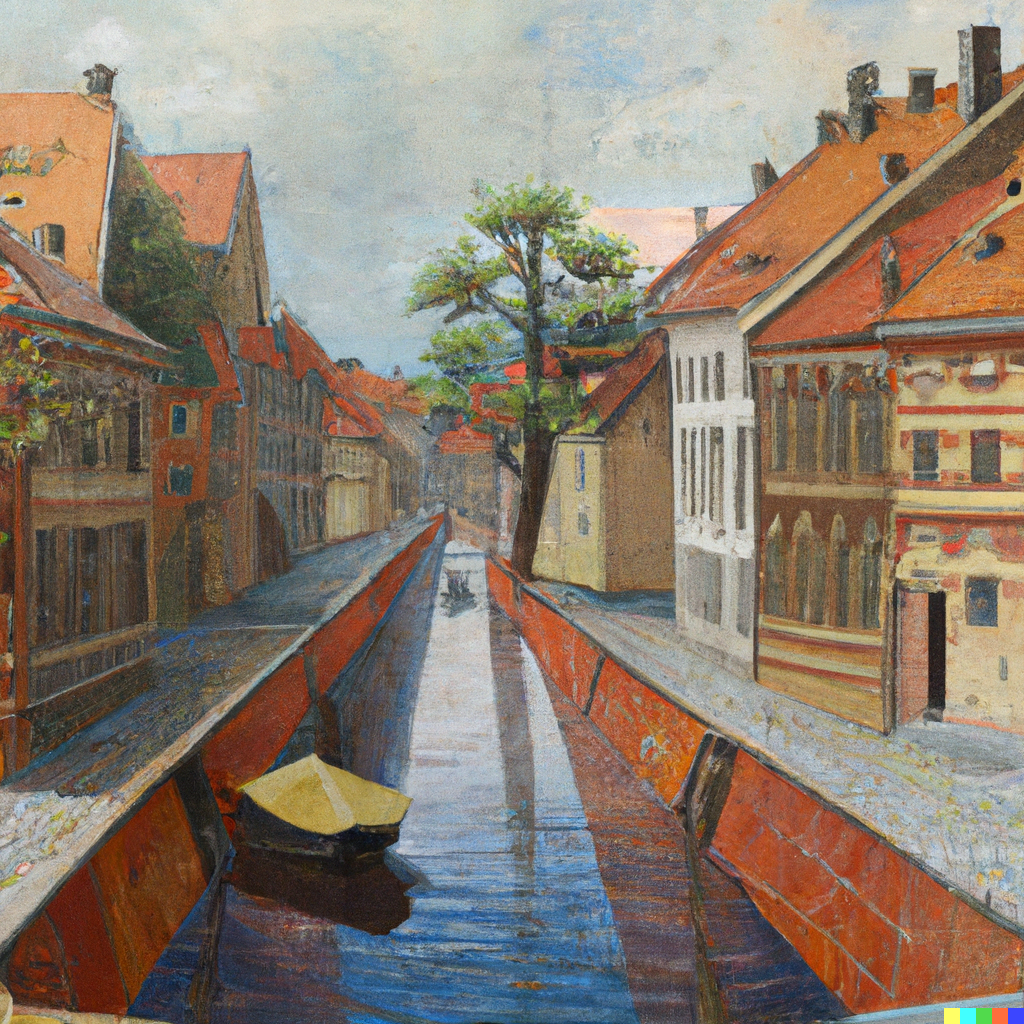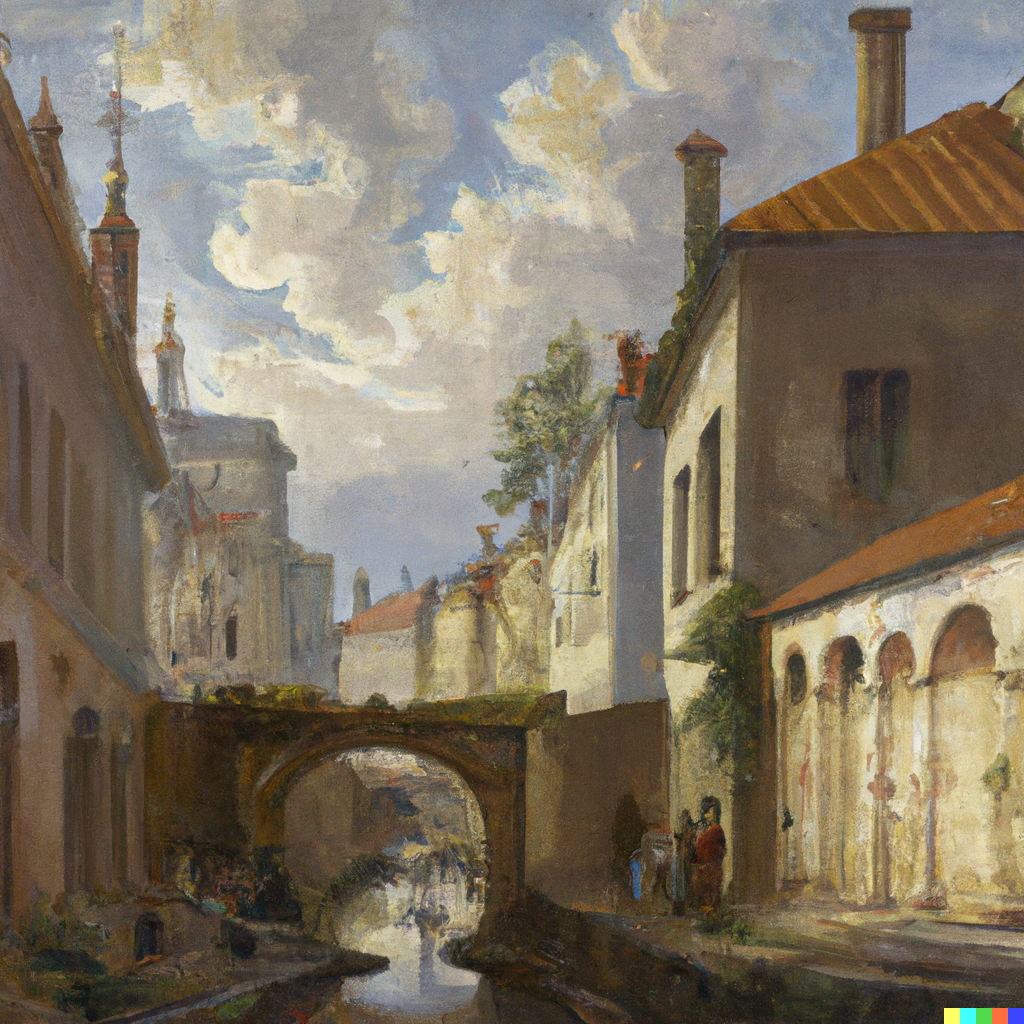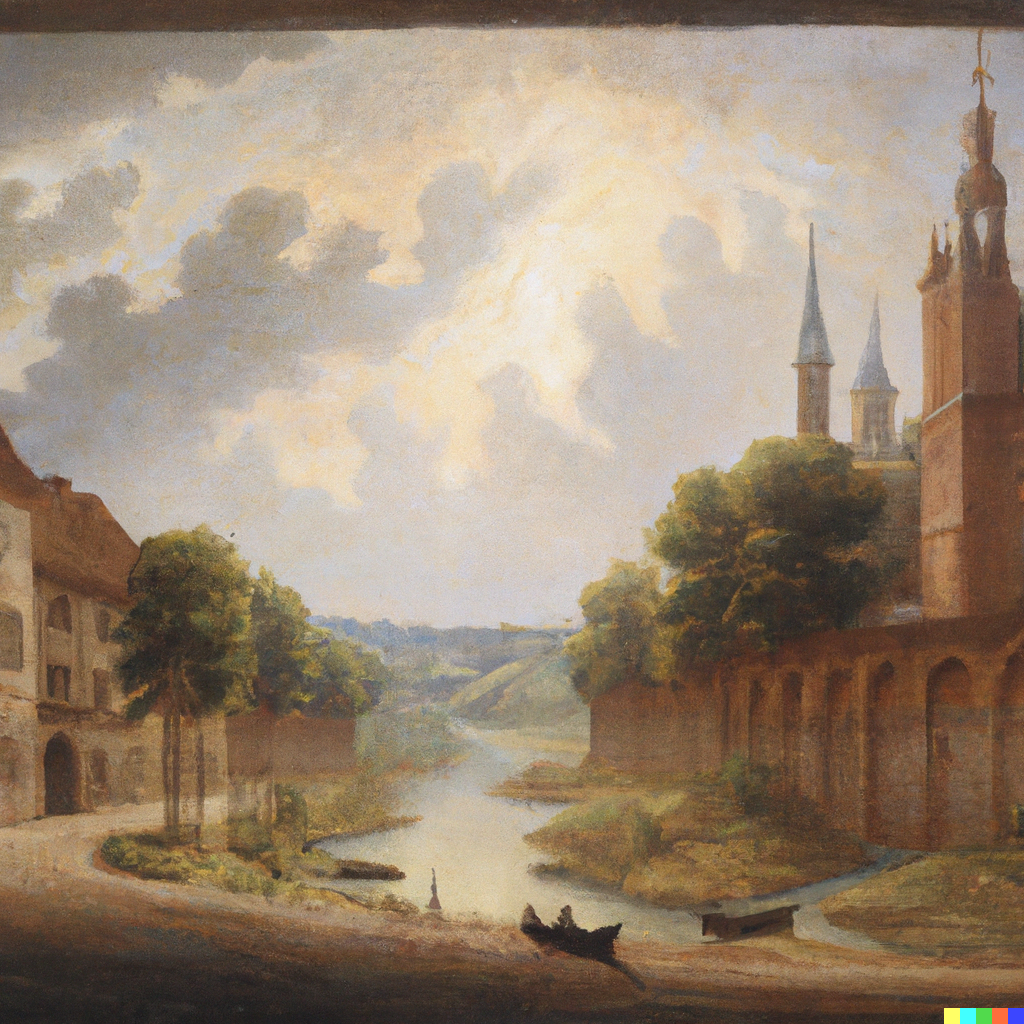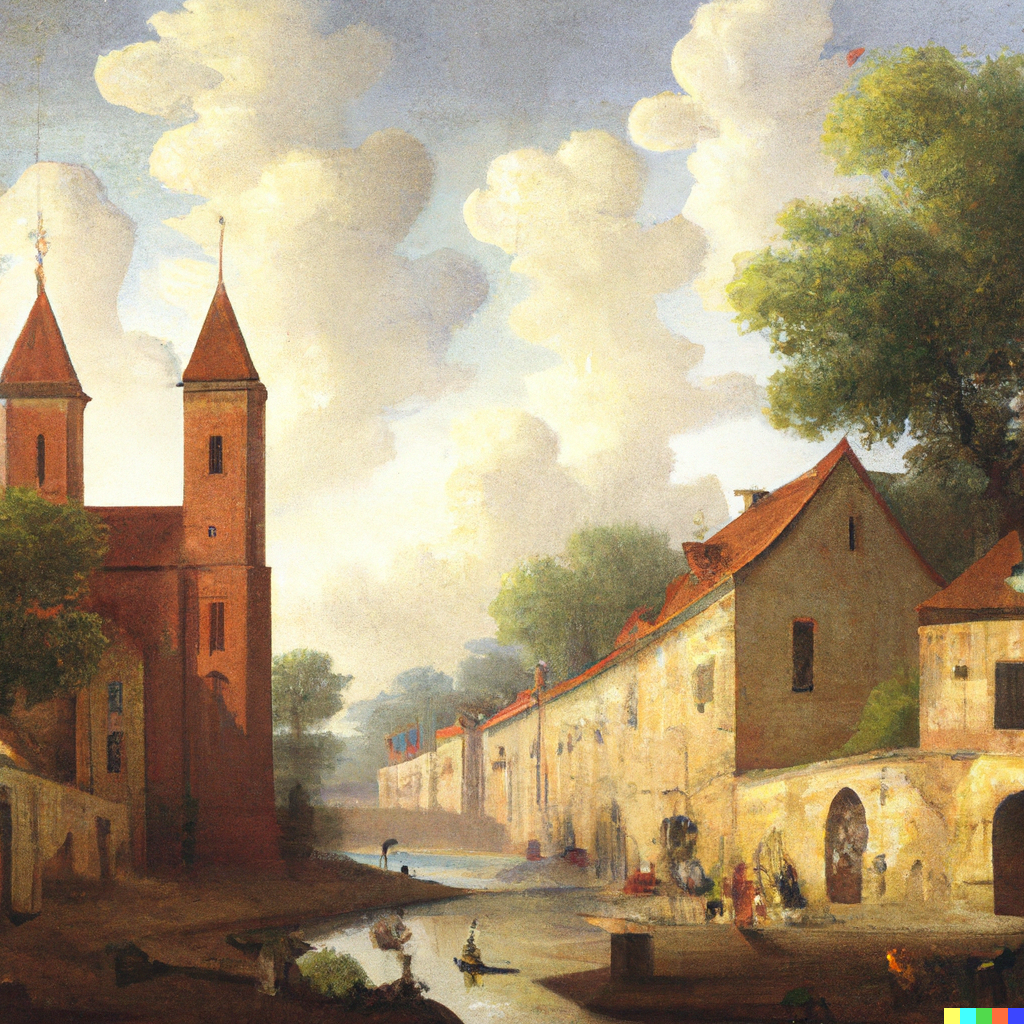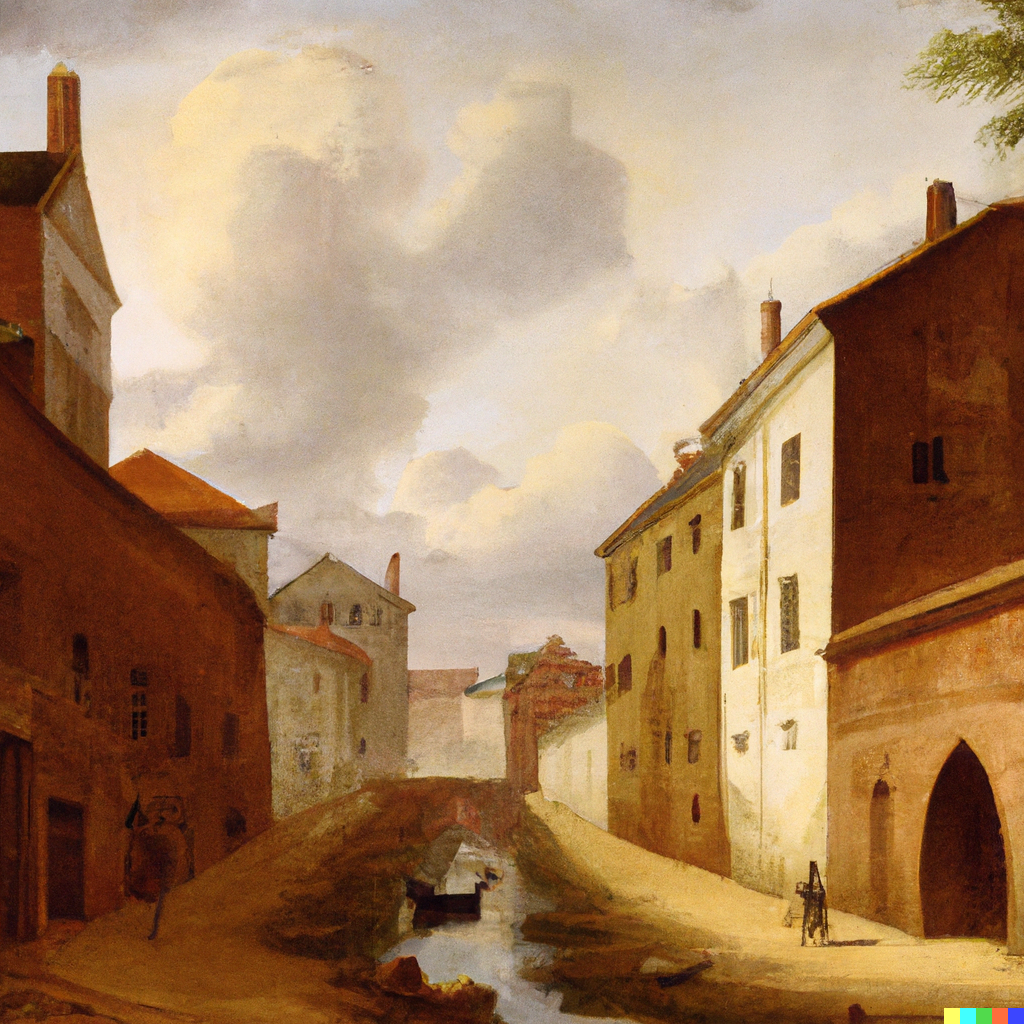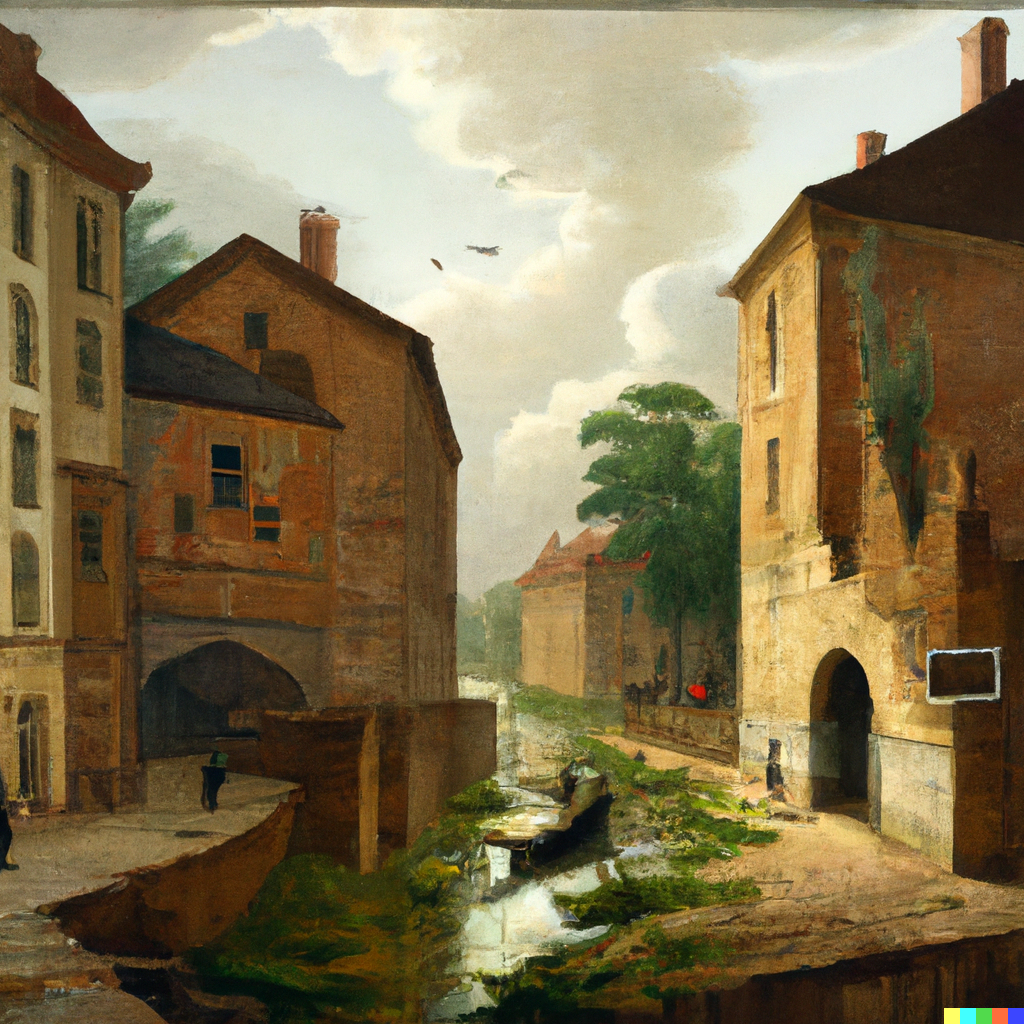There is a major revision of this post here.
Vilniaus Dinge Kanalai
Jau mes senai užmiršome kad XVI-XVIII amžiam, Vilnius buvo vadintas „Šiaures Venecija“ ne tik dėl to kad miestu architektūra būvu panaši bet gi ir Vilnius buvo kanalų miestas lyg kaip Venecija. Po Didžiojo Vilniaus gaisro 1610 metais, Kristupas Radvila Jaunasis liepė rekonstruoti miestą su Venecijos-tipo kanalais kad vėl tokio įvykio nebūtu. Vanduo buvo paimtas iš Vilneles upes. Šitas etapas baigėsi kai Rusai užėmė Vilnių ir bijant choleros, reikalavo gatves atgal atstatyti. Praėjusia savaite buvo malonu užtikti senus paveikslus senai užmirštame muziejaus fonde. Žinoma, tas viskas užtruko daug laiko ir užmirštose kampose kanalai dar egzistavo iki pat pirmojo pasaulinio karo.
The Lost Canals of Vilnius
We have already forgotten that in the XVI-XVIII centuries, Vilnius was called “Venice of the North” not only because the architecture was similar but also because Vilnius was a city of canals, just like Venice. After the Great Fire of 1610, Prince Krzysztof Radziwiłł ordered the city be rebuilt with canals like Venice so that such an event would never happen again. Water was taken from the Vilnele river. This phase of the city’s history ended when Russia took over the city and, fearing cholera, demanded that the streets be put back. Of course, this took quite some time and the infill was not complete until the eve of World War I. The previous week in Vilnius, it was nice to run across old paintings from long-ago forgotten museum storage spaces.
Or so the story goes.
I’ve spent a bit of time this spring exploring Artificial Intelligence-driven image generators like Nightcafe Studio, Midjourney, and most recently Dall-E 2. These engines allow anyone to produce remarkably complicated and realistic (or surrealistic) images easily. These are the early days of image generators and the developments have been rapid. Clearly, the handwriting is on the wall for a variety of practices. Why use stock photography if any image you can want can be yours, royalty free, for a few dollars? Will we ever trust an image again? What will happen to pornography when physical bodies aren’t necessary anymore? Will video game environments be produced by Artificial Intelligences, based on prompts from developers, or will they be dynamically created on the fly? Figurative painting, in particular, seems all too easy to simulate and simulate well, but then I haven’t really understood the purpose of figurative painting for some time now. The sort of fan art and sci-fi fantasy scenes commonly found on DeviantArt and in Hot Topic stores are easily made by Dall-E 2 and its ilk. But quite obviously art, in its highest form—for example, conceptual art—can’t be made by such applications. Or can it?
If we see art as a constant research process exploring the boundaries of the human condition (and I am likely to argue such a thing in the second part of my post on Art and the Universal), we might begin with the observation that although image generators can’t purposefully do anything new conceptually, we can use them in conceptual ways. Returning from a week in Vilnius, I saw a friend tweet an image of London by Canaletto. This got me thinking about Canaletto’s famed capricci, fantastic images of Venice in which many of Andrea Palladio’s works from Vicenza (a town considerably inland from Venice) mysteriously appeared in Venice. Canaletto spent ten years in London, but his student and nephew, Bernardo Bellotto, who was also a painter and—confusingly enough—was also known as Canaletto, was even more itinerant, spending time painting in Dresden, Vienna, Turin, and Warsaw where he was appointed court painter to Stanislaw August Poniatowski, the last King of Poland and Grand Duke of Lithuania. After the massive destruction visited upon Warsaw by the Luftwaffe, Bellotto’s 26 panoramic vedute of the old city were used to help reconstruct the city center as a matter of “national honour.” The socialist government of the Polish People’s Republic argued that by turning back to the eighteenth century, they were reconstructing a pre-capitalist state, hence the reconstruction was not a bourgeois project and could proceed under the regime. By the 1960s, the city historian would claim that “the old town now looks as it used to long ago.” But, like his uncle, the second Canaletto enjoyed taking significant artistic license with his paintings and, compounding this, the authorities made decisions to depart from any previous epoch in Warsaw’s history. The resulting Warsaw center has itself become a built capriccio, a city that never was. In enshrining it in its World Heritage list in 1980, UNESCO called it an “outstanding example of a near-total reconstruction of a span of history covering the 13th to the 20th century.” (see more on Warsaw’s reconstruction here).
Over the thirty years that I have been visiting Vilnius, I have observed the city doing the same thing, albeit in a more piecemeal fashion. One day there is a ruin, a few years later a baroque building appears to have risen on the spot, although behind the façade is a hotel or an Internet startup. Most notable of these is the Palace of the Grand Dukes of Lithuania which had been demolished in 1801 but was rebuilt out of reinforced concrete from 2002 to 2018. In fact, Vilnius—like virtually all cities—is hardly static, but rather exists in a constant state of flux. Even now, there are threats to incorporate the city’s main icon—the Gediminas Tower—into a reconstruction of the long gone upper castle. The architect involved claims that since the original tower was only there stories tall, the current structure—rebuilt in 1933—is so inauthentic as to demand the long-gone structure be rebuilt.
Having often heard Vilnius compared to an Italian city and thinking of the nature of the Canalettian capriccio, I decided to produce the lost canals of Vilnius (perhaps also referring to the filled-in canals of Venice, California, or the missing canals of the planet Mars) in Dall-E 2. Hundreds of image generations later, I have a small selection of images for you of a city that only exists in the imagination, but that, given the propensity of cities to be remade to look like images, may yet one day come to pass.
